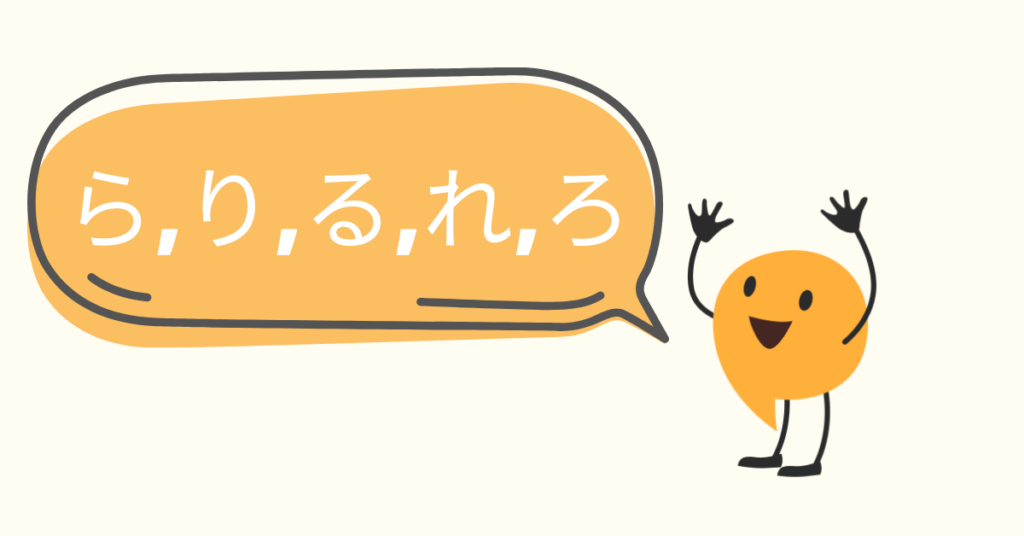Alphabet is the foundation of the English language, and the same thing can be said about hiragana in the Japanese language. Mastering hiragana is important for anyone who wants to learn the basics of Japanese. As one of the two Japanese alphabets — right next to katakana — hiragana is used for both Japanese grammars and function words. Today, we’ll be learning about the Japanese hiragana ru and routine (stylized as ru-tin in katakana).
Having a strong foundation of hiragana means having a generally strong foundation of Japanese skills, too. Yet despite its importance, it shouldn’t take a long time for you to master hiragana. In fact, with the right teacher and support, it should only take no longer than a week for you to master hiragana, including reading and writing them. Hiragana’s shapes are relatively simple, especially if you compare them to kanji. Dwell no further. In this blog series, we’ll be breaking down all the Japanese phonetics (AIUEO or あいうえお) for beginners.
Want to get a fuller view of the hiragana chart for your Japanese study? Check out our article on learning hiragana!

Today’s Japanese Hiragana: Ru (る)
The hiragana characters for the ‘R’ family have one of the most simple strokes — most of them are less than one stroke and, at the very most, two. There’s the ra, ri, ru, re, ro (ら、り、る、れ、ろ). The character for ru is similar to ro(ろ). The only difference is that there is no tail that curls inward. Remember to follow the stroke order and practice writing them as it is a great way to help you master hiragana in a short time. Be careful not to get ro and ru mixed up.
Want to take your kanji skills up a notch? Check our comprehensive kanji page for study tips, kanji life hacks and free worksheets!
Learn a Japanese word from Ru (る) Routine (ルーティン)
The Japanese word for ルーティン is a loan word from the English word routine, and it has the same meaning. While it might not be a Japanese hiragana, the word routine is still interesting and evokes several opinions. Some food for thought: Do you have a fixed daily routine?
Japanese definition of routine
Routines are used to refer to “a fixed task every time.” People might have the impression that having a routine means having a boring life.
However, ever since a few years ago, it has been used more often to refer to a series of motions that an athlete goes through before an important match. At crucial moments, they go through some fixed motions to stabilize their mental state, strengthen their muscles and heighten their focus.
Routine of a Japanese language teacher
In my opinion, routines produce results. I eat natto and eggs for breakfast, drink coffee when I reach my workplace and stretch before sleeping. It helps me stay grounded in life, and once I get used to it, I don’t think of doing them consciously. It becomes a rhythm that I look forward to at the beginning and end of the day.
Examples of Japananese routine
As for Japanese people, you can look at our star example Ichiro Suzuki — the baseball athlete, national treasure, and first MLB player to enter the Japanese Baseball Hall of Fame. Ichiro works out at least four times a day and uses eight high-tech sports machines. By consciously doing the same motions that you usually do, you will be able to show off your true abilities without succumbing to the pressure in situations that make you nervous.
There are likely many athletes who stick to a fixed routine not just in crucial moments, but for their daily schedules as well. From the meals they eat and the clothes they wear, small, mundane practices help nurture their mental health.
You don’t need to be an athlete to develop your own life routine. You can start by thinking about the best Japanese study routine. Maybe brew a cup of coffee before settling in on your desk? Maybe draw a fixed schedule?
I know a few people who have succeeded in making studying a habit. One person comes to our Coto class and revises one hour before class. Another person uses an app to learn new words for 15 minutes every morning. One person listens to Japanese podcasts on the train on the way to work. After three months, these routines will become a small form of self-confidence.
Yumi Yoshida is one of our great Coto Japanese language teachers who’s from Tohoku. She has 16 years of experience working as a Japanese teacher. In her free time, Yumi loves to hike, travel and drink Japanese sake. She thinks the best way to learn Japanese is to engage in fun and friendly conversations in Japanese.
